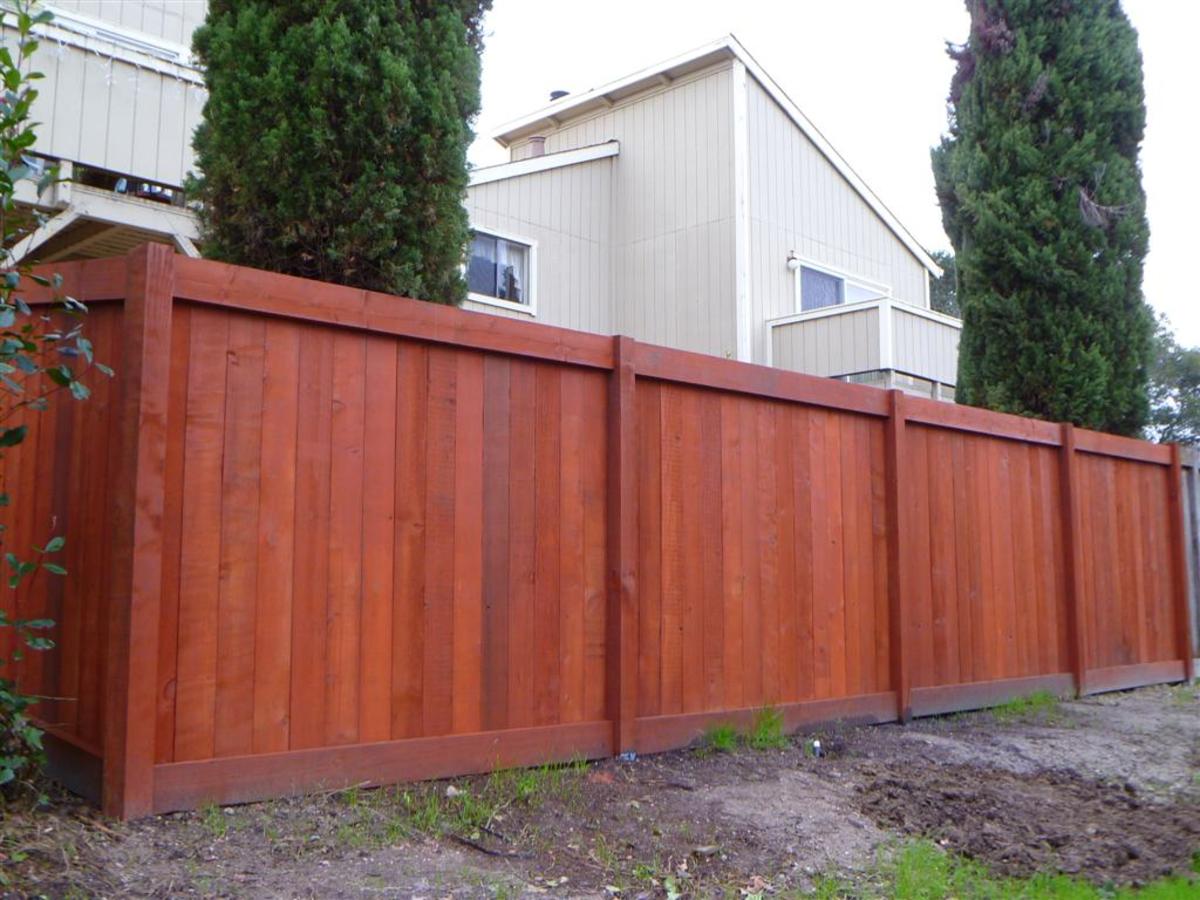Necessary Tips for Deck Discoloration Success
Achieving a flawlessly stained deck requires greater than just a brush and a container of tarnish. The trick to an effective deck discoloration task hinges on the thorough focus to detail and adherence to vital actions. From picking the right sort of discolor to understanding the art of application, each stage plays an essential role in the final outcome. Whether you are a skilled DIY fanatic or starting your first deck staining journey, comprehending the subtleties of the process can make all the distinction in the durability and visual appeal of your outdoor room.
Choosing the Right Discoloration
Choosing the appropriate stain is vital in attaining a resilient and visually pleasing coating for your deck. concrete sealing near me. When selecting a tarnish for your deck, it is necessary to consider variables such as the wood type, preferred shade, degree of defense required, and maintenance choices
First of all, take into consideration the kind of wood your deck is made of, as different wood species may respond in a different way to specific kinds of stains. Woods like oak or mahogany might need different discolorations contrasted to softwoods like yearn or cedar. Recognizing the attributes of the wood will certainly help you pick a tarnish that permeates effectively and boosts its natural elegance.
Next, assume about the shade you desire for your deck. Spots are available in a variety of colors, from all-natural tones that improve the timber's grain to even more opaque shades that provide much better UV protection. Choose a shade that matches your outdoor area and matches your visual preferences.
Moreover, analyze the level of security the tarnish offers. Some discolorations provide much more extensive protection against UV rays, dampness, and mold, which can prolong the life of your deck. Balancing defense with looks is key to accomplishing a visually attractive and durable finish.
Preparing the Deck Surface
To make sure an effective application of the selected tarnish, extensive prep work of the deck surface is vital. Beginning by cleansing the deck thoroughly to remove dirt, debris, and any kind of previous coatings. Use a deck cleaner or wood brightener together with a stiff-bristled brush to scrub the surface clean. Pay close interest to locations vulnerable to mold and mildew and mold development. After cleansing, allow the deck to dry completely before proceeding.
Change or repair these as needed to make certain the architectural integrity of the deck. This action not only have a peek here helps the discolor adhere much better however also boosts the general appearance of the deck.
Using the Stain Effectively

When using the tarnish, use a sprayer, paintbrush, or roller , depending on the type of stain and the size looking for fencing of the deck. Apply the stain in the direction of the wood grain to make certain also protection and an expert finish.
Allow the initial coat to dry entirely prior to making a decision if a second layer is needed. Adhere to the maker's instructions pertaining to drying times and reapplication. Proper application of the tarnish is crucial for securing your deck and enhancing its look for years ahead.
Preserving Your Tainted Deck
After efficiently using the stain to your deck, maintaining its look and safety high qualities is crucial for long-term sturdiness and visual charm. Routine maintenance is crucial to protecting the appeal and stability of your discolored deck. Attending to problems immediately can avoid them from aggravating and prolong the life of your discolored deck.

Troubleshooting Common Issues
Determining and addressing common issues that might occur with your tarnished deck is necessary for ensuring its durability and optimal efficiency. One common issue is peeling or flaking of the stain. This can occur due to poor attachment triggered by poor surface prep work or applying the discolor in negative weather. To remedy this, the impacted areas require to be stripped, sanded, and effectively re-stained complying with supplier guidelines.
Another problem usually experienced is mold and mildew and mold development on the deck surface. This can be credited to moisture retention, absence of sunshine, or pop over to this web-site inappropriate air flow. To tackle this problem, a complete cleansing with a mold and mildew and mold remover complied with by appropriate drying out and application of a mold-resistant tarnish is critical.
Additionally, fading of the discolor color gradually is a widespread problem. UV direct exposure and rough weather can cause staining. To address this, picking a top notch, UV-resistant discolor and applying a fresh layer regularly can aid preserve the deck's aesthetic allure.

Conclusion
Finally, effective deck staining calls for selecting the right tarnish, appropriately preparing the deck surface, applying the tarnish properly, and maintaining the tarnished deck. By complying with these essential pointers, you can accomplish a beautifully tarnished deck that enhances the total appearance of your outside space. Keep in mind to troubleshoot any kind of common concerns that may emerge during the discoloration process to make sure a lasting and aesthetically appealing outcome.
Achieving a faultlessly stained deck needs even more than just a brush and a container of tarnish.To ensure an effective application of the picked stain, detailed preparation of the deck surface is crucial. When applying the discolor, make use of a roller, sprayer, or paintbrush , depending on the kind of stain and the size of the deck.Recognizing and dealing with typical concerns that may occur with your discolored deck is crucial for ensuring its durability and ideal performance.In final thought, effective deck discoloration calls for picking the right stain, correctly preparing the deck surface, applying the discolor properly, and preserving the discolored deck.